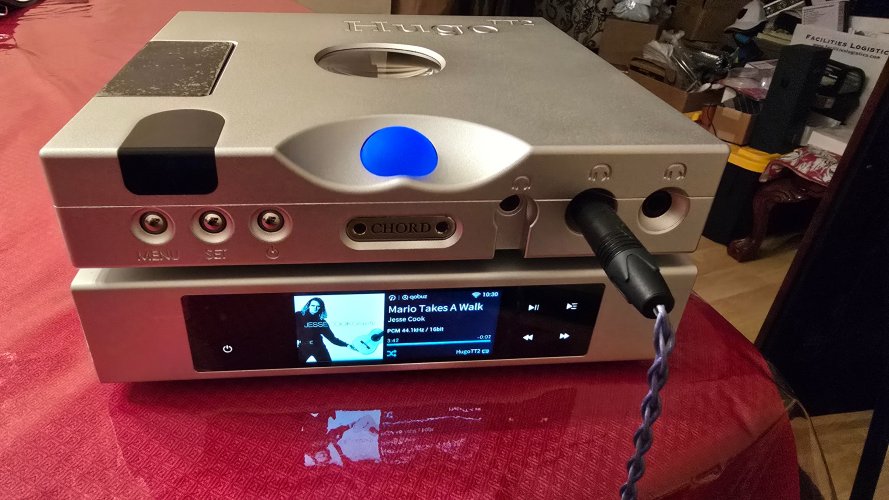Chord DACs do have an output stage.Chord’s DAC’s do not have an amplification stage

Rob Watts has also talked about the output stage design a few times:

Not necessarily. Running off the outputs directly is not necessarily the cleanest way to do things.When you add an amp to it, you are just adding colouration and distortion without much gain
For example using the DAVE into a high quality external amp and running the headphones off that provides lower distortion for many headphones than running off the headphone amp in the DAVE.
I actually measured this a while back in a similar discussion, will see if I can dig those tests up


































